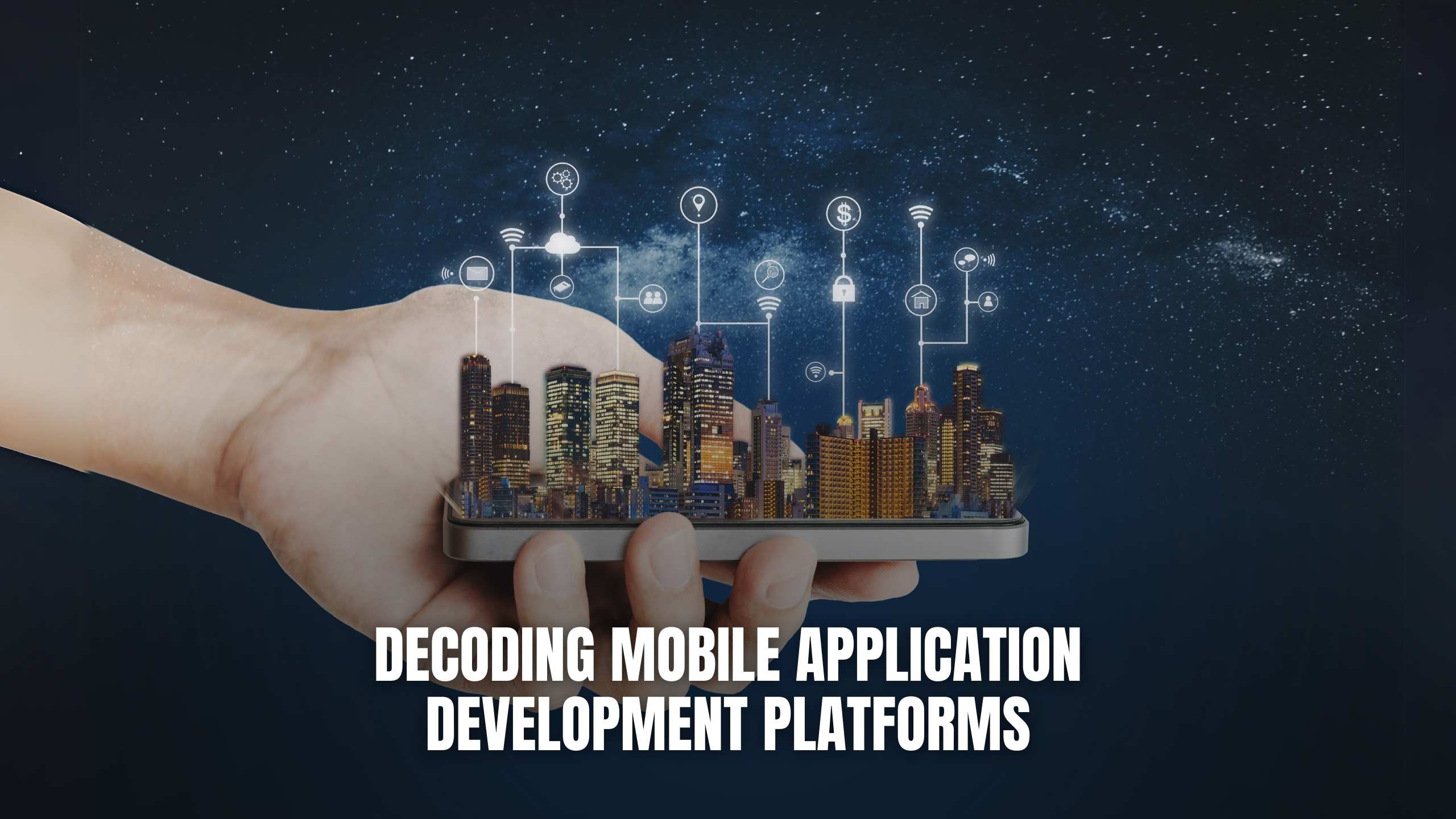Decoding Mobile Application Development Platforms
- WebOps Platforms Bug Tracking & Feedback Software Web Development & Design


Decoding Mobile Application Development Platforms
Mobile Application Development Platforms (MADPs) are the backbone of modern app development, providing developers with a comprehensive set of tools and services. In this exploration of MADPs, we unravel the intricacies, benefits, and key considerations surrounding these platforms that shape the mobile app development landscape.
Understanding Mobile Application Development Platforms
A Mobile Application Development Platform (MADP) is a framework that facilitates the development of mobile applications. It typically includes tools for building, testing, deploying, and managing apps throughout their lifecycle. MADPs play a pivotal role in streamlining the development process, offering a unified environment for developers to create apps for various operating systems.
1. Xamarin: Bridging the OS Divide
Xamarin stands out for its ability to enable cross-platform app development using the C# language. Developers can create native apps for Android and iOS with a shared codebase, saving time and effort. Xamarin’s integration with Microsoft’s Visual Studio enhances the development experience, making it a preferred choice for businesses seeking efficiency and platform diversity.
2. Appgyver: Accelerate Development with Low Code
Appgyver is a Low Code platform empowering developers to create robust mobile apps with minimal manual coding. Its drag-and-drop interface, coupled with pre-built components, accelerates the development process. Appgyver caters to both professional developers and those new to app development, offering a versatile platform suitable for a range of projects.
3. Adobe PhoneGap: Web Technologies for Mobile Apps
Adobe PhoneGap leverages web technologies such as HTML, CSS, and JavaScript to create cross-platform mobile apps. Its open-source nature and cloud-based services simplify app development and testing. Adobe PhoneGap is an ideal choice for developers comfortable with web technologies, offering a familiar environment for creating mobile applications.
4. Firebase: Google’s Comprehensive Mobile Platform
While not exclusively a MADP, Firebase by Google provides a comprehensive platform for mobile app development. It includes features like real-time databases, authentication, and cloud functions. Firebase seamlessly integrates with other Google Cloud services, offering a scalable and reliable solution for developers aiming to enhance their app with robust backend services.
5. OutSystems: Enterprise-Grade Low Code
OutSystems positions itself as an enterprise-grade Low Code platform. It allows developers to build, deploy, and manage mobile applications efficiently. OutSystems’ visual development environment and pre-built templates cater to both professional developers and business users, making it a versatile platform for organizations looking to accelerate app delivery.
Conclusion
In conclusion, Mobile Application Development Platforms significantly simplify and enhance the app development process. Whether opting for cross-platform solutions like Xamarin, embracing Low Code with Appgyver, leveraging web technologies through Adobe PhoneGap, enjoying the comprehensive services of Firebase, or choosing enterprise-grade Low Code with OutSystems, developers have a range of tools at their disposal to bring innovative mobile applications to life.
Empower Your App Development Journey with Subscribed.fyi!
Ready to optimize your mobile app development stack? Subscribed.fyi offers exclusive deals on a variety of SaaS tools, including those crucial for mobile app development. Sign up today for free and unlock savings on 100+ SaaS tools, taking your app development projects to new heights.
Relevant SaaS Products:





